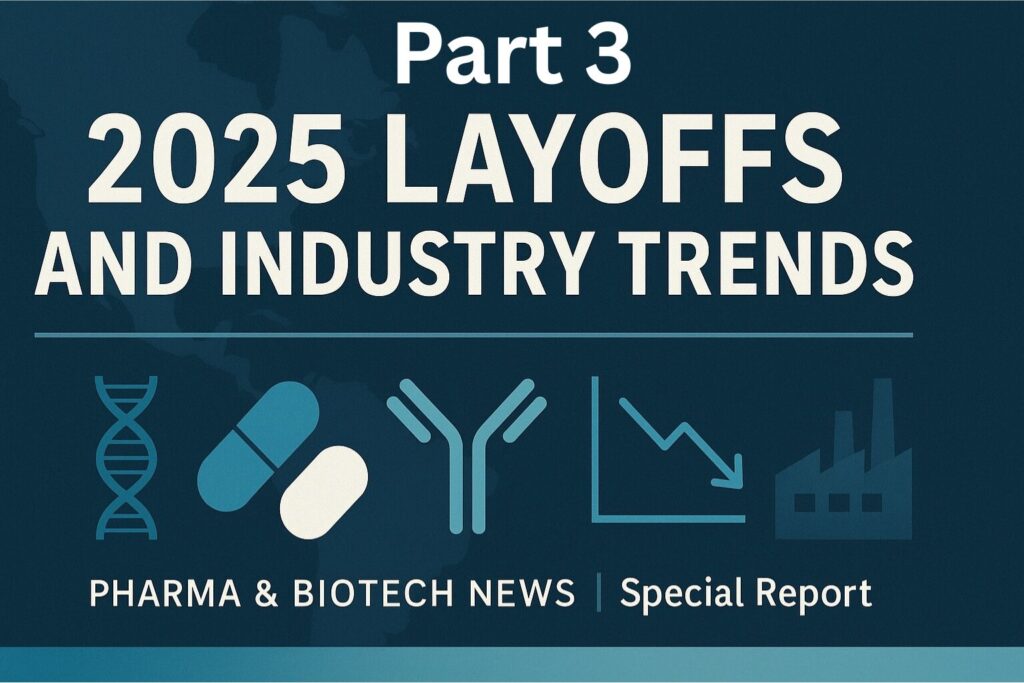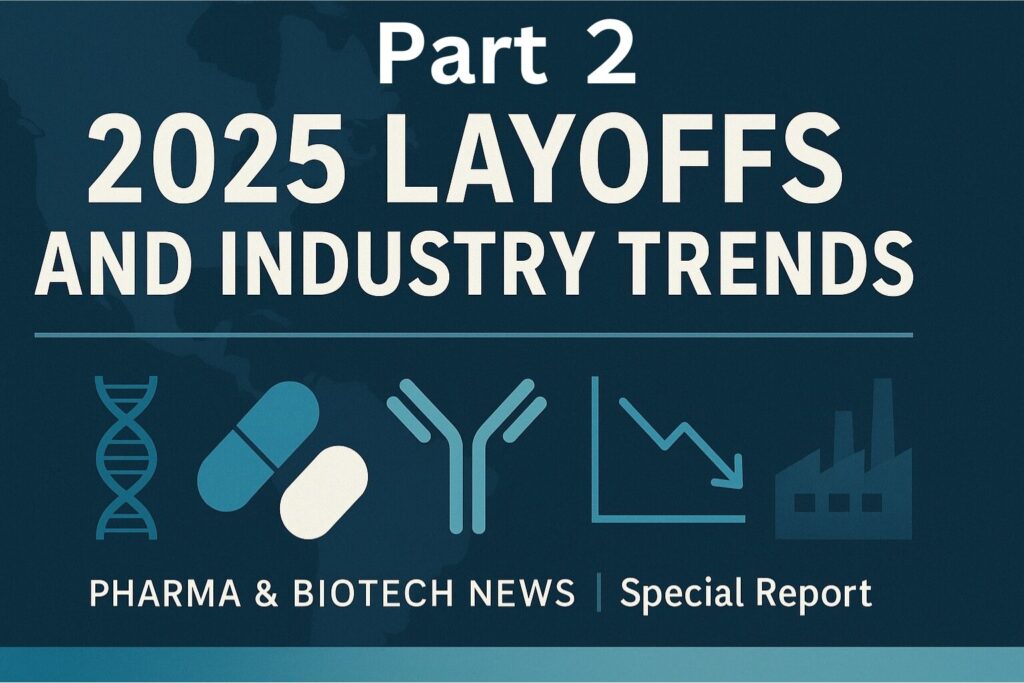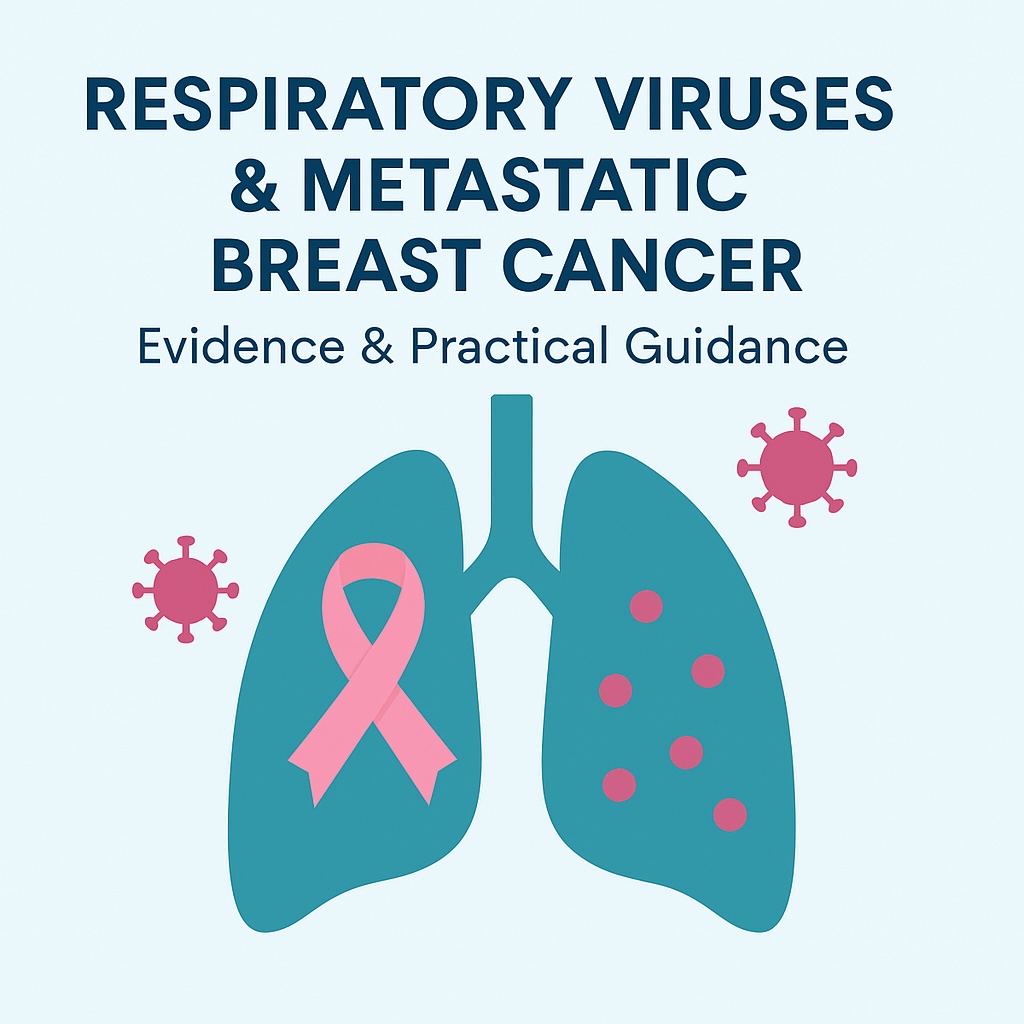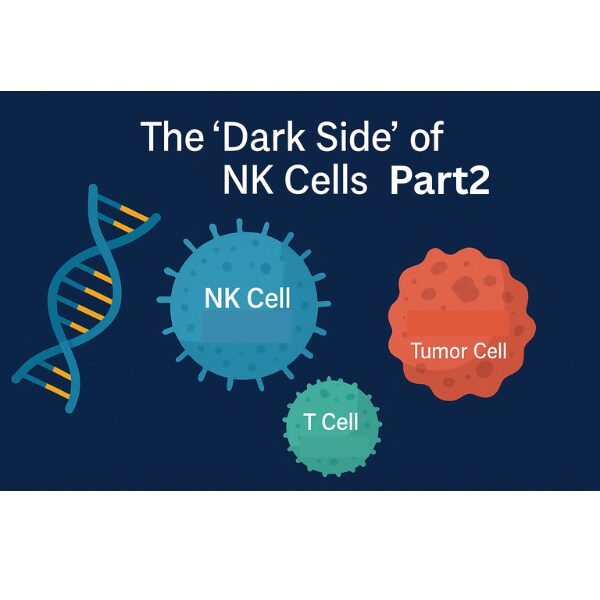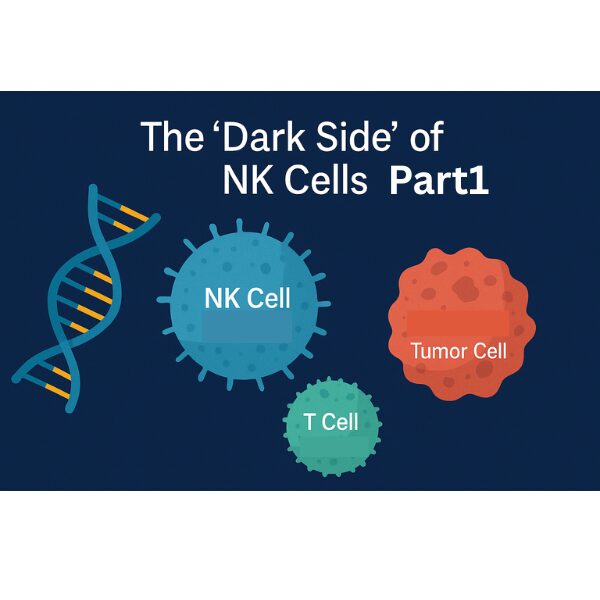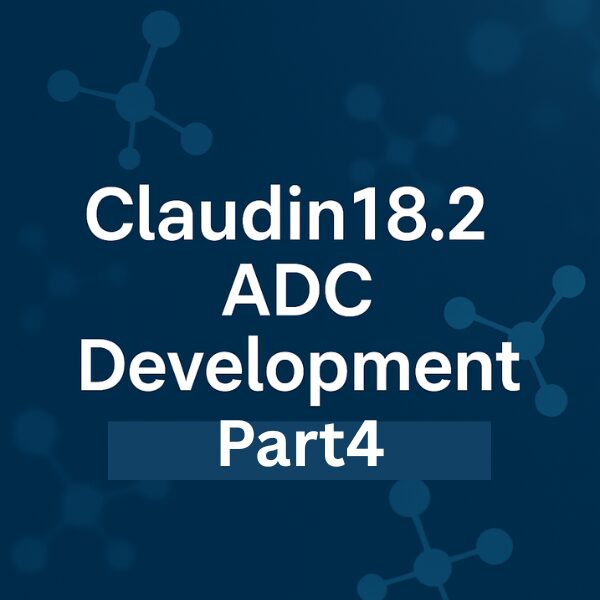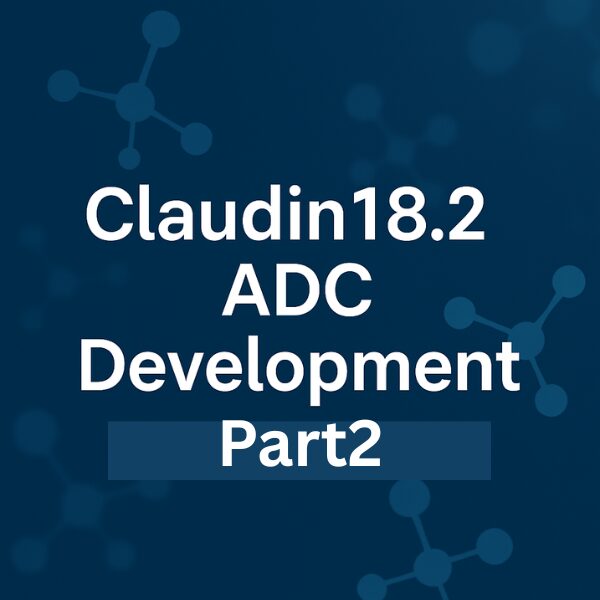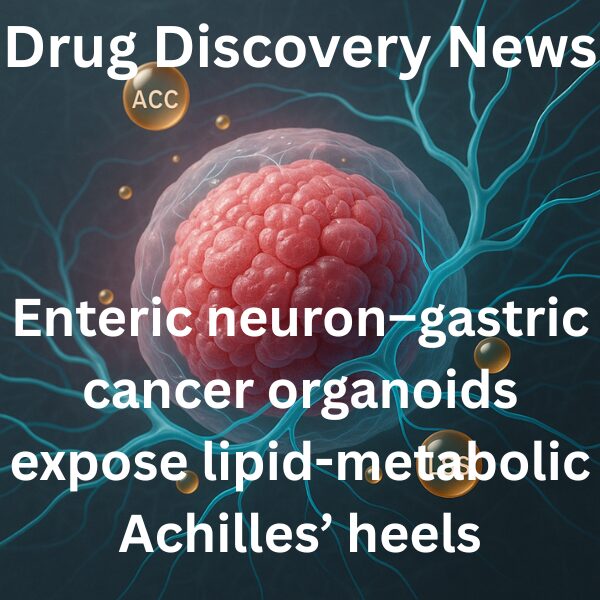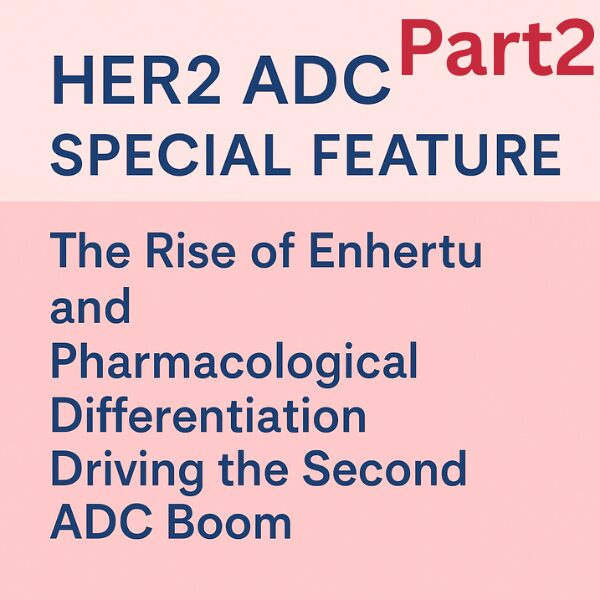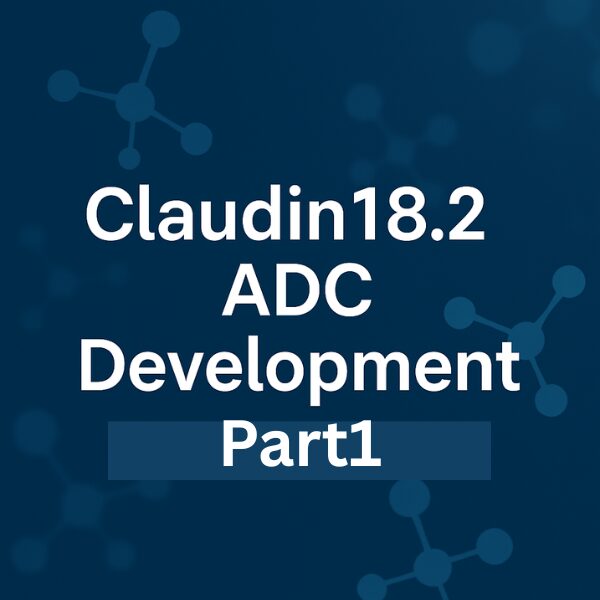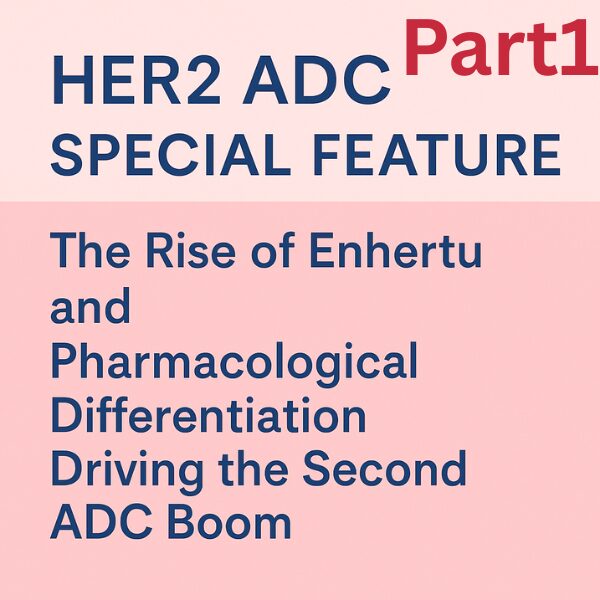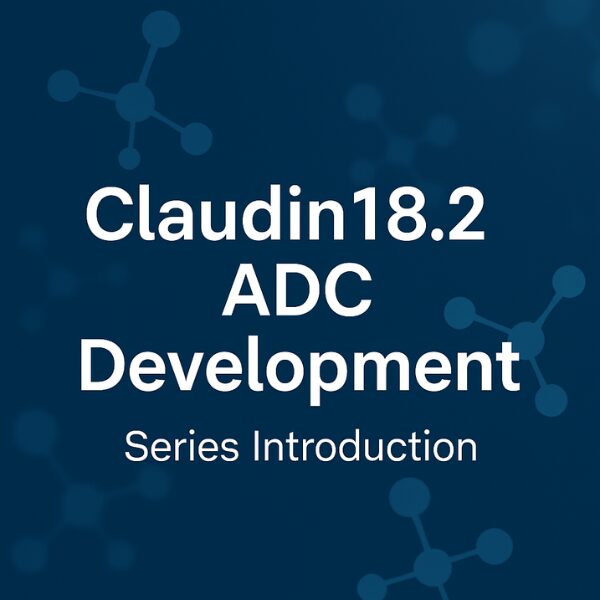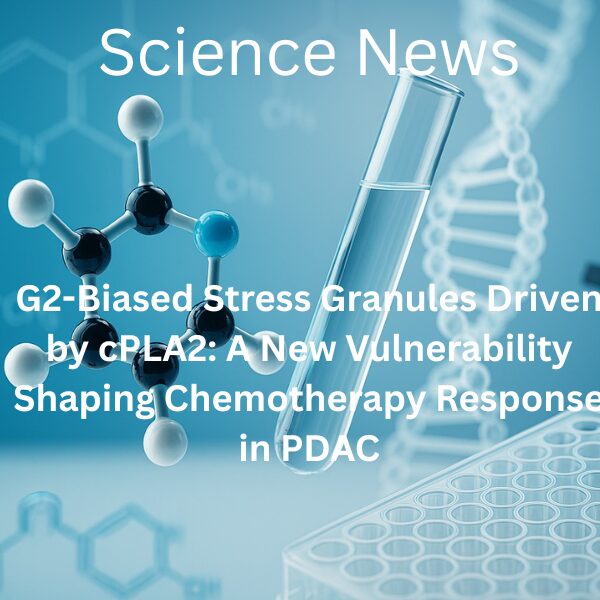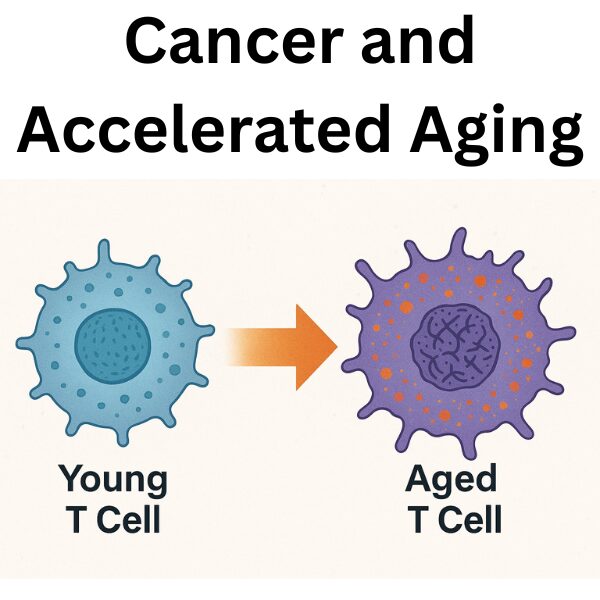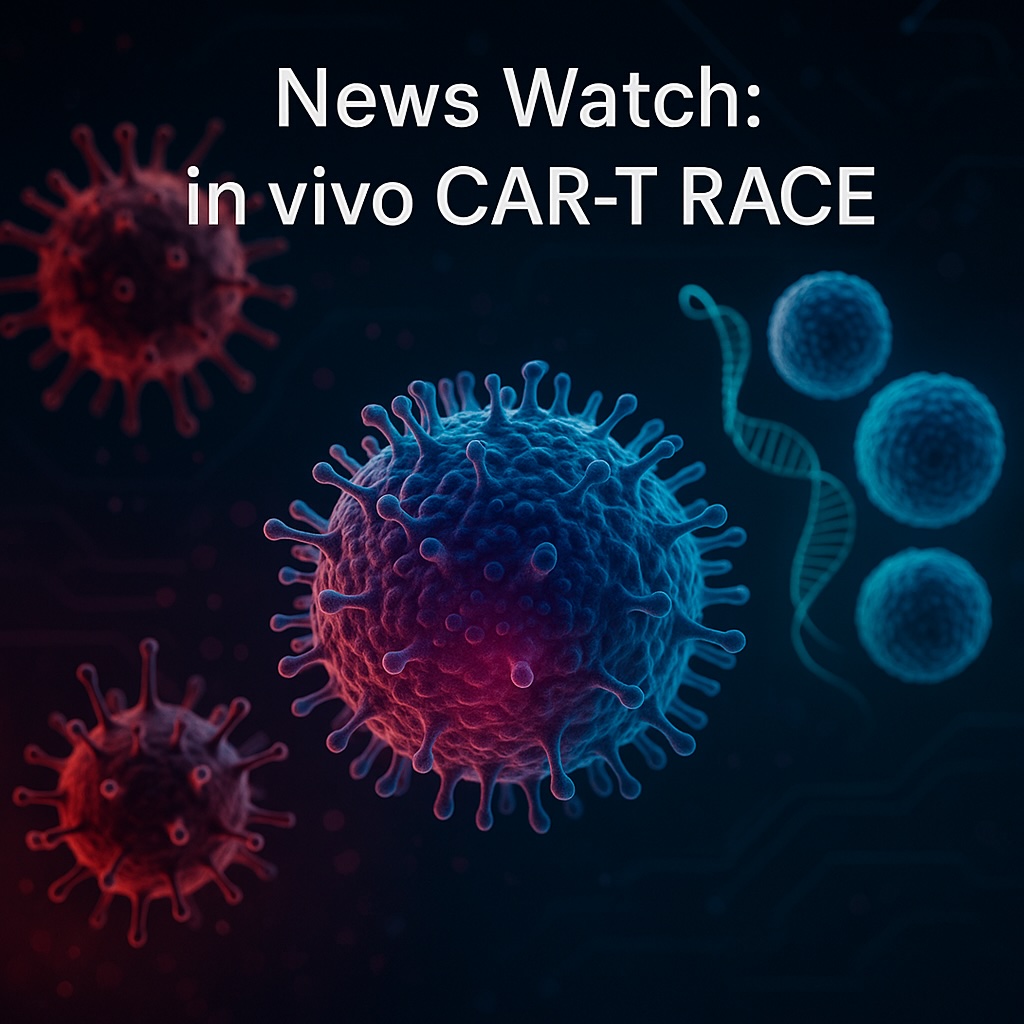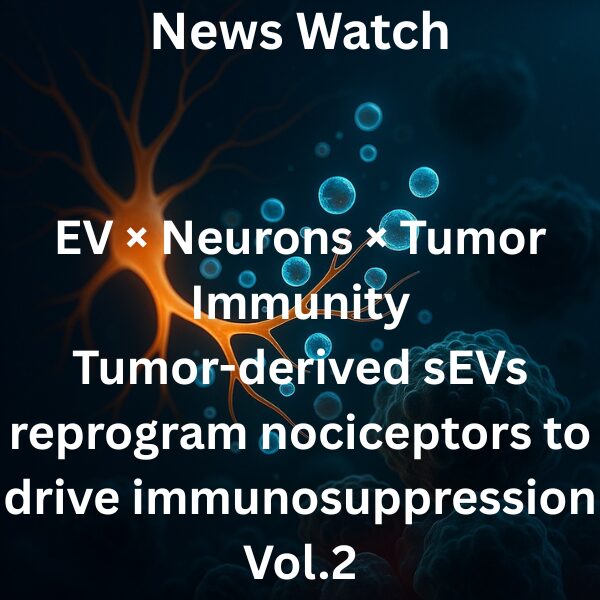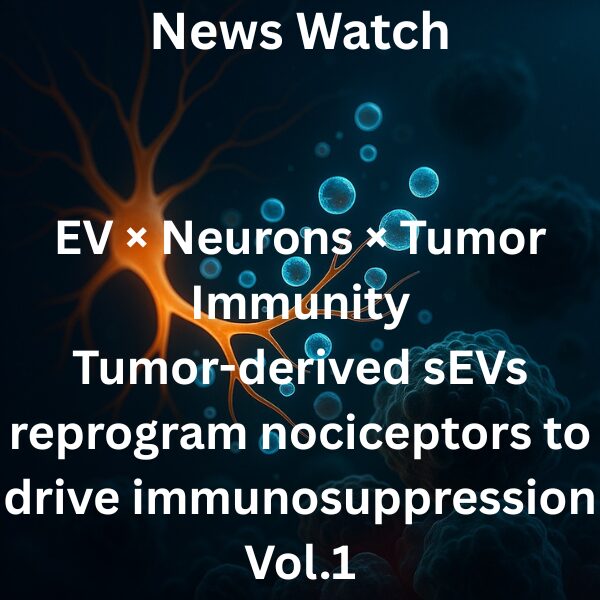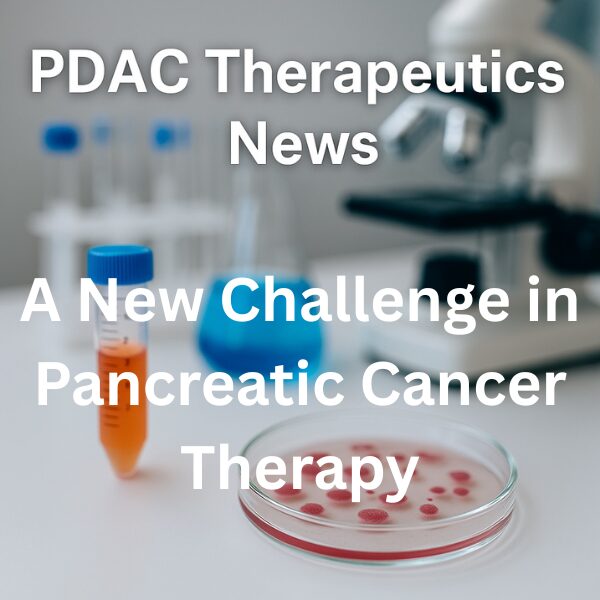oncology– tag –
-

Series “Reading 2025 Layoffs”: Modality-by-Modality: Manufacturing, Regulatory, and Commercial Realities (Part 3)
Category: Pharma & Biotech NEWS | Series “Reading 2025 Layoffs” — Part 3 Key Takeaways The “capital-efficiency equation” is modality-specific: even with similar P2 wins, cell/gene/RNA/antibody–degrader programs require very different... -

Series “Reading 2025 Layoffs”: Reshaping by Disease Areas: From Oncology to Neuroscience (Part 2)
Category: Pharma & Biotech NEWS | Series “Reading 2025 Layoffs” — Part 2 Key Takeaways Oncology leads the reallocation: Cell therapies and solid tumors force a focus on indication picking, manufacturability, and reimbursement realism... -

Oncology Drug Approval News Flash: FDA Approves Imlunestrant (Inluriyo) for ER-Positive, HER2-Negative, ESR1-Mutated Breast Cancer
On September 25, 2025, the U.S. Food and Drug Administration (FDA) approved Eli Lilly’s estrogen receptor antagonist Imlunestrant (Inluriyo) for the treatment of adult patients with ER-positive, HER2-negative, ESR1-mutated advanced or me... -

China Biopharma Deals, 2019–2025: Part 1 — Oncology (ADC, Bispecifics, IO, Cell Therapy)
Oncology is the tip of the spear for China-origin innovation in global partnering. This article gives you a bird’s-eye view of the major deals, then goes deep into the operating logic behind ADCs, bispecific antibodies, checkpoint inhibi... -

How Respiratory Viral Infections May Alter Metastatic Risk in Breast Cancer: Latest Evidence and Practical Guidance
Even after successful primary treatment, disseminated cancer cells (DCCs) can persist in a dormant state for years and later “awaken,” leading to overt metastasis. Recent studies suggest that respiratory viral infections—such as influenz... -

The “Dark Side” of NK Cells in Cancer Immunotherapy Part 2: Therapeutic Strategies and Future Outlook
In Part 1, we reviewed mechanisms by which NK cells contribute to resistance against immune checkpoint blockade (ICB). In this follow-up article (Part 2), we discuss the clinical implications, potential strategies, and future directions ... -

The “Dark Side” of NK Cells in Cancer Immunotherapy Part 1: Immunosuppressive Roles and Resistance Mechanisms
Natural killer (NK) cells have long been recognized as frontline effectors of tumor surveillance. However, recent studies reveal that their role within the tumor microenvironment (TME) is far more complex. NK cells are increasingly impli... -

Claudin18.2 ADC Development Part 4: Global Development Landscape and Future Outlook
Claudin18.2 (CLDN18.2)-directed ADCs are rapidly emerging as a cornerstone in the treatment of advanced gastric and gastroesophageal junction (GEJ) cancers. Beyond SHR-A1904 and IBI343, several other candidates such as CMG901, EO-3021, a... -

Claudin18.2 ADC Development Part 2: Phase 1 Results and Clinical Features of IBI343
In this article, we summarize the phase 1 trial of IBI343, reported in Nature Medicine (July 2025), focusing on its structural innovations, safety, efficacy, and position within the landscape of Claudin18.2-targeted ADCs. Drug Profile: M... -

Enteric neuron–gastric cancer organoids expose lipid-metabolic Achilles’ heels — Strengths and limits of organoids for drug discovery, and what comes next
In a nutshell: Genome-wide CRISPR screens in patient-derived gastric cancer organoids uncovered strong dependencies on fatty-acid biosynthesis (ACC/ACACA) and cholesterol biosynthesis (LSS). Co-culture with enteric neurons (ENS) rewires ... -

Catchup News: HER2 ADC Special Report Part 2|IP Strategies, Global Competition, and the Road Ahead
In Part 1 of our feature, we explored Enhertu’s groundbreaking pharmacological profile and its role in launching the second ADC boom. In this concluding part, we shift focus to intellectual property strategies, patent lifespans, and the ... -

Claudin18.2 ADC Development Part 1: Phase 1 Results and Clinical Significance of SHR-A1904
Antibody–drug conjugates (ADCs) targeting Claudin18.2 (CLDN18.2) have gained increasing attention as a novel therapeutic approach for advanced gastric and gastroesophageal junction (GEJ) cancers. Here, we summarize the phase 1 trial resu... -

Catchup News: HER2 ADC Special Report Part 1|The Rise of Enhertu and Pharmacological Differentiation Driving the Second ADC Boom
Antibody-drug conjugates (ADCs) have emerged as one of the most exciting modalities in oncology. Among them, HER2-targeted ADCs have undergone a dramatic transformation with the arrival of Daiichi Sankyo and AstraZeneca’s Enhertu, sparki... -

Claudin18.2 ADC Development Part 0: Series Introduction
This series provides an in-depth review of the current landscape of Claudin18.2 (CLDN18.2)-targeted antibody–drug conjugates (ADCs) in gastric and gastroesophageal junction (GEJ) cancers. Structured into five parts, it covers pivotal cli... -

Latest Science News: G2-Biased Stress Granules Driven by cPLA2: A New Vulnerability Shaping Chemotherapy Response in PDAC
Across pancreatic ductal adenocarcinoma (PDAC) models, tumor cells show marked intercellular heterogeneity in stress granules (SGs). A single-cell, cell-cycle–aware view reveals that SGs are maximally enriched in G2, powered by a lipid m... -

Cancer and Accelerated Aging: Molecular and Cellular Insights from Recent Studies
In recent years, cancer and aging have increasingly been understood not as separate biological phenomena, but as interconnected processes. Immune decline and chronic inflammation in cancer patients may not be caused solely by treatment s... -

News Watch: in vivo CAR-T RACE (2025 Global Update)
Last updated: 2025-09-01 JST Lead: The shift from ex vivo to in vivo CAR-T is turning into a full-blown race. Big-ticket M&A, first-patient-dosed milestones, and multiple Phase-1 entries are consolidating the field into two lanes: le... -

News Watch: EV × Neurons × Tumor Immunity—Tumor-derived sEVs reprogram nociceptors to drive immunosuppression (with a look at IL-6/IL-6R blockade and potential label expansion) Vol.2
Appendix: IL-6R Inhibitors & Company Landscape (as of Aug 2025) A quick map of who owns which IL-6R blockers and current approved uses, to inform combo trials and partnering around the neuro-immune loop discussed above. Approved agen... -

News Watch: EV × Neurons × Tumor Immunity—Tumor-derived sEVs reprogram nociceptors to drive immunosuppression (with a look at IL-6/IL-6R blockade and potential label expansion) Vol.1
Fresh data in Science Signaling (2025) show that tumor-derived small extracellular vesicles (sEVs) reprogram TRPV1+ nociceptors, boosting IL-6 and Substance P, thereby increasing MDSC infiltration and CD8 T-cell exhaustion—a neuro-immune... -

A New Challenge in Pancreatic Cancer Therapy ― The Promise of “Two Shots on Goal”
Introduction: Why Pancreatic Cancer Is So Difficult to Treat Pancreatic ductal adenocarcinoma (PDAC) remains one of the most lethal malignancies, with a dismal 5-year survival rate of about 10%. Three major challenges underlie this poor ...
